Whether you're tying your first clouser or dialing in a signature flatwing, one of the most overlooked aspects of fly tying is material selection. Too often, anglers pick up the wrong bucktail or saddle, only to realize their mistake once they’re already at the vise.
To help fly tiers avoid wasted money, frustration, and underperforming patterns, we sat down with expert fly tier Ben Whalley during our On the Fly Forum event at Saltwater Edge. The topic? How to choose the right fly tying materials for your specific patterns—and why touching, testing, and knowing what to look for can completely change your tying game.
🎯 Why Fly Tying Materials Matter More Than You Think
As Ben points out, many customers walk into a shop with good intentions but grab the first thing that matches the color listed in a recipe:
“People grab a white saddle hackle off the rack because a pattern calls for it—but they don’t know what makes it good for that fly.”
The truth is, not all bucktails, saddles, or capes are created equal—especially when it comes to natural materials. Variability from deer to deer, harvest timing, and even dye lots can drastically impact how a material performs.
🔍 Bucktail: Not All Fibers Are the Same
One of the most common mistakes tiers make? Grabbing one bucktail and trying to use it for everything.
Ben demonstrates the difference between two red bucktails pulled from the same rack:
-
One has short, soft, crinkly fibers perfect for heads and collars
-
The other has longer, stiffer fibers ideal for tailing
He even drops this game-changing tip:
“Don’t just eyeball the tail—pinch and peel back the top fibers to see how much usable material is really there.”
It’s a fast, effective way to avoid buying a tail with only a few long fibers hidden among short ones.
🍂 Seasonality and Natural Variability
Not many anglers realize that when a deer is harvested affects the quality of the bucktail.
-
Early-season deer = longer fibers, less underfur
-
Late-season deer = more uniform, dense coats with thicker underfur
Knowing this can help you understand what you’re feeling for—and why touching materials in person is so valuable.
🪶 Saddle Feathers: Looks Can Be Deceiving
Saddles hanging in a fly shop might all look the same at first glance, but Ben emphasizes:
“You might get 4 good flies out of one saddle—or 50 from another. It’s all about feel and structure.”
He recommends looking for:
-
Stems with the right rigidity for structure (especially for support feathers in flatwings)
-
Consistent feather length
-
Less “fuzzy” stems if you're after durability and shape retention
If you’re experimenting, half capes or value packs are great options for testing different feather types without breaking the bank.
Shop With Purpose, Tie With Confidence
Ben’s golden rule?
“Go in with a plan—or you’ll walk out with a bunch of stuff that doesn’t work for your fly.”
Take the time to:
-
Feel the materials
-
Compare similar items (e.g., multiple bucktails of the same color)
-
Ask questions—fly shop staff are there to help
Even better, build a relationship with your local fly shop (like Saltwater Edge 😉). That way, staff can set aside items they know you’re looking for—or help you source hard-to-find materials when they come in stock.
📦 Can’t Shop In-Store? Call Us!
If you’re an online customer, don’t hesitate to call us at Saltwater Edge. We can literally walk the wall, check for specific fiber lengths or feather textures, and make sure what you’re buying fits your fly’s needs. It’s the next best thing to being in the shop with us.
🎥 Watch the Full Conversation on YouTube
Want to see Ben’s material selection process in action?
👉 Watch the full video here
🧵 Final Thoughts
Investing a little time and attention up front when selecting your fly tying materials can save you money, make your tying more enjoyable, and improve your flies' performance on the water.
Whether you’re just getting started or refining advanced patterns, being intentional and hands-on with your materials is the key to leveling up your craft.
Need help choosing materials? Stop by Saltwater Edge or give us a call—we’re here to help.
fly tying materials, how to choose bucktail, best bucktail for clousers, saltwater fly tying tips, fly tying saddle feathers, how to select fly tying materials, Saltwater Edge fly shop, Ben Whalley fly tying




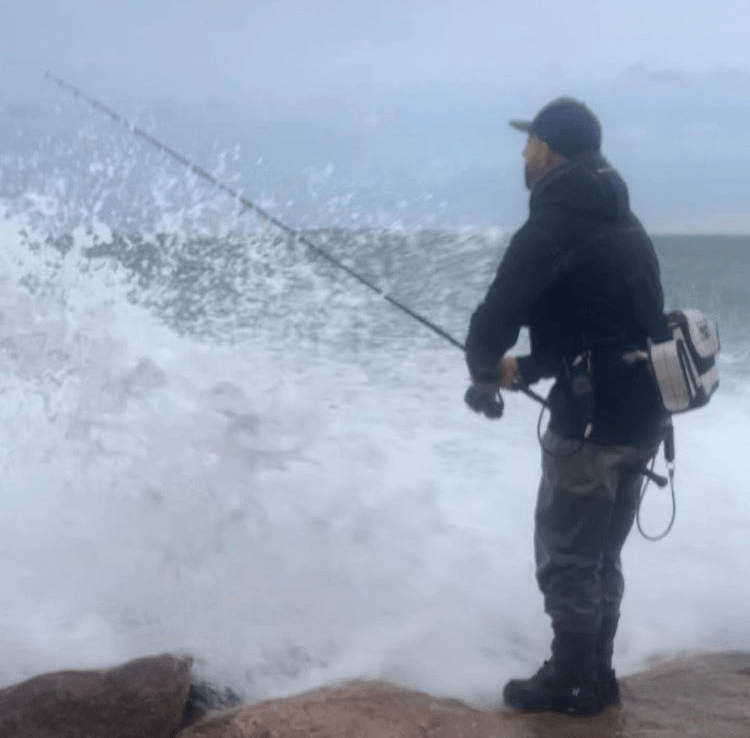

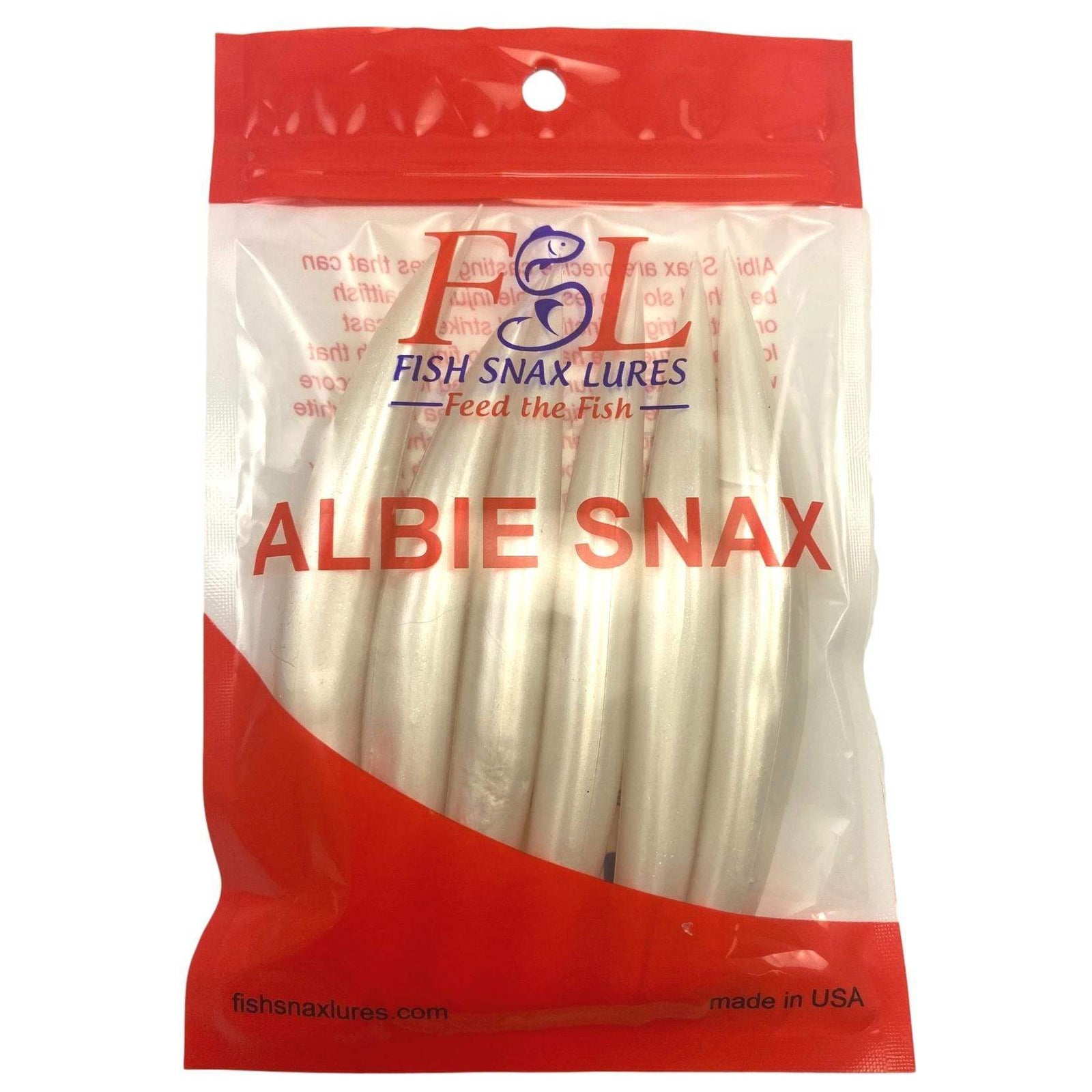

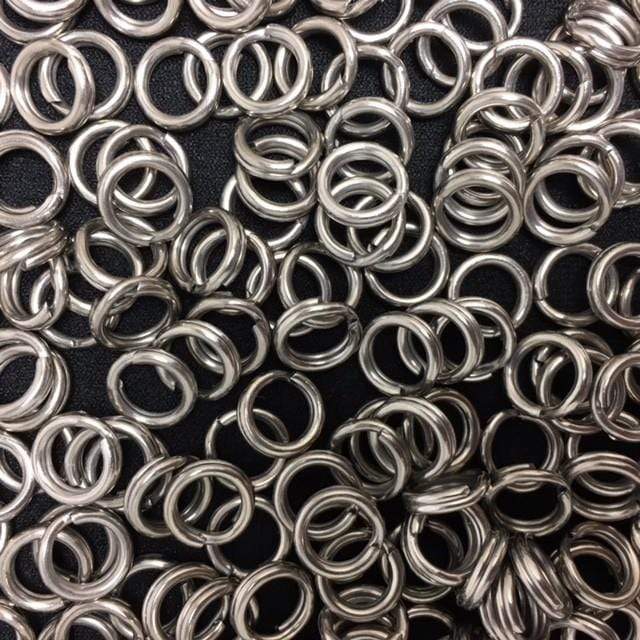
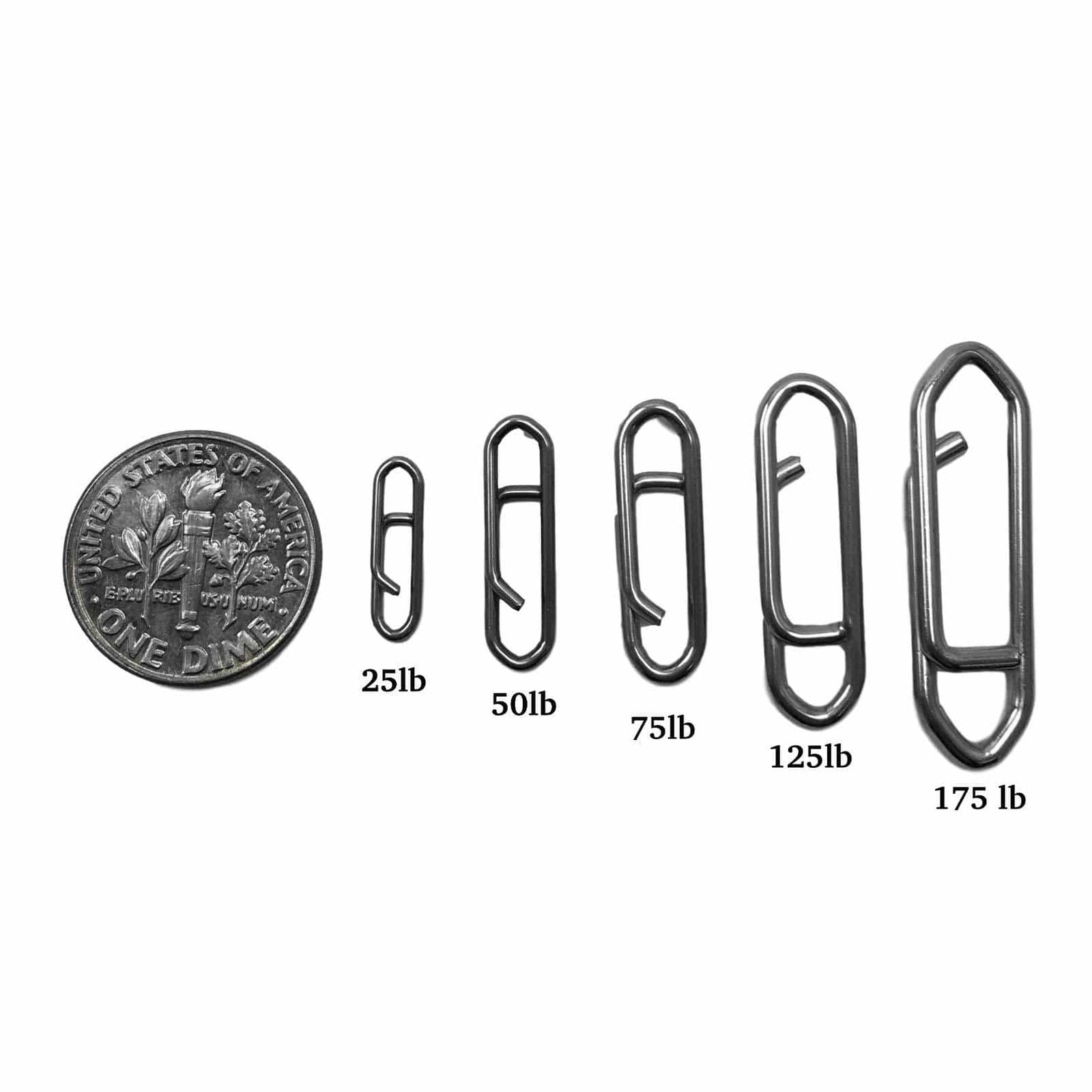


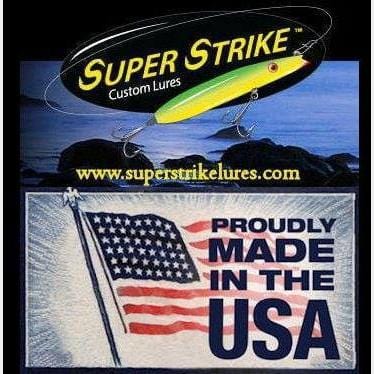

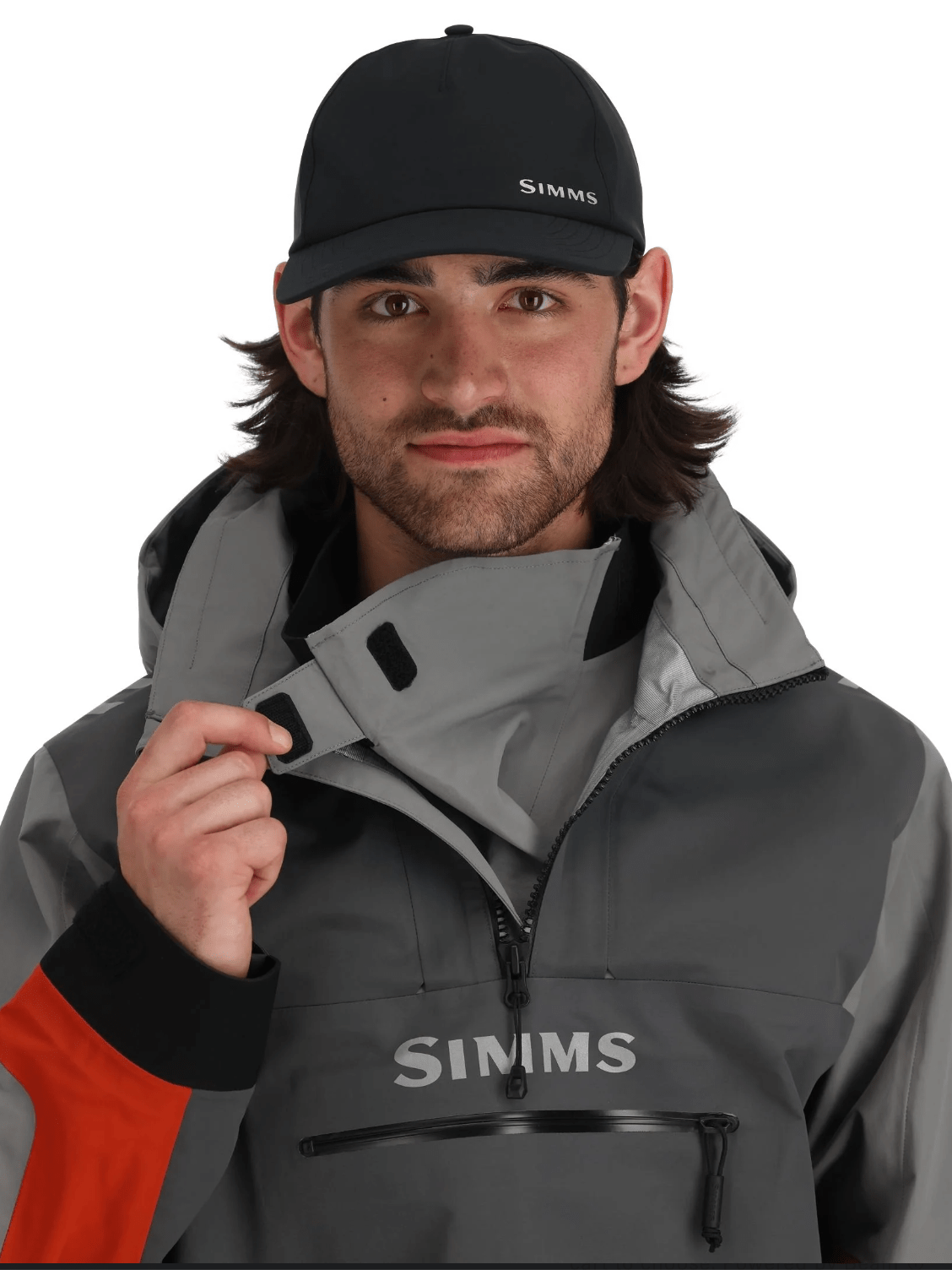

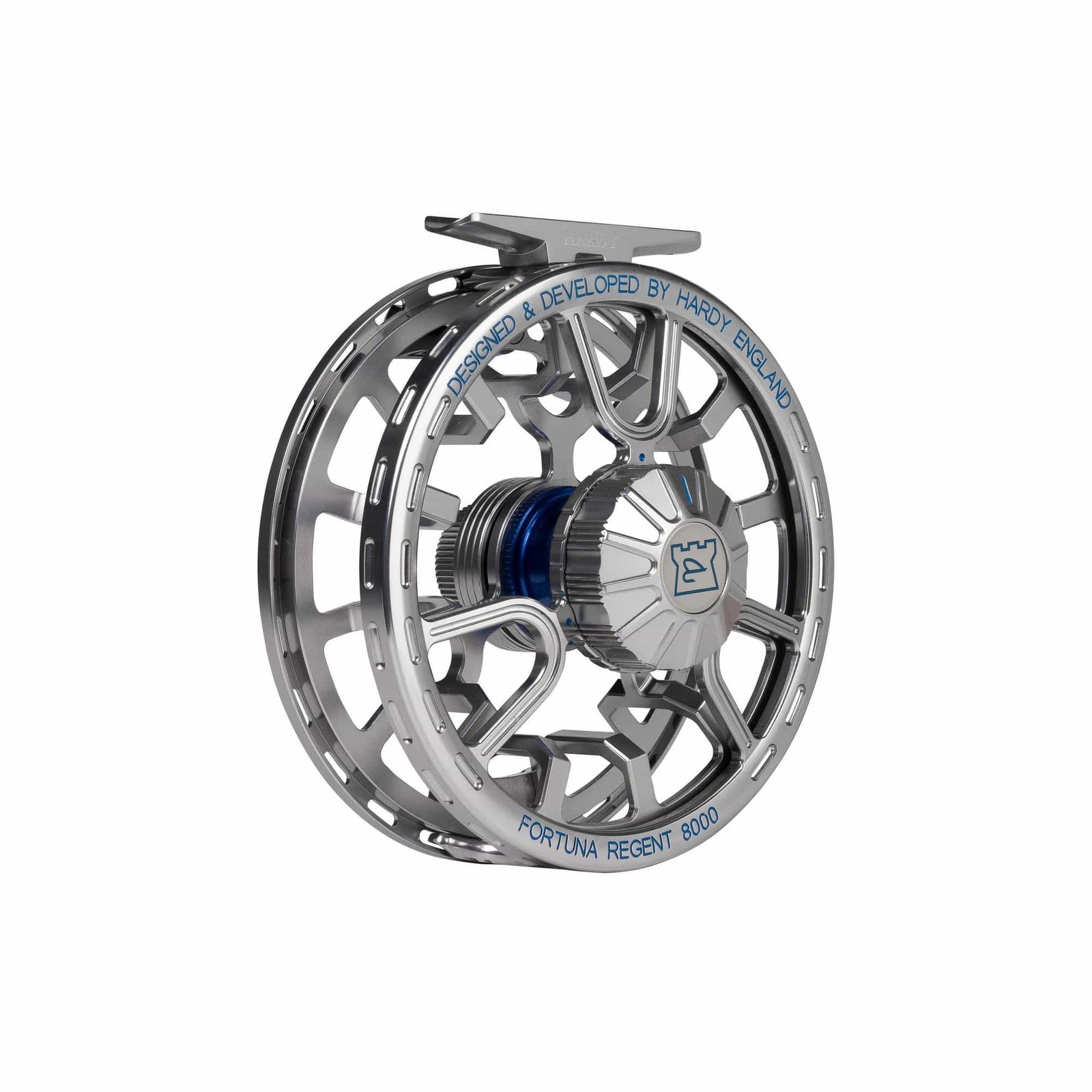
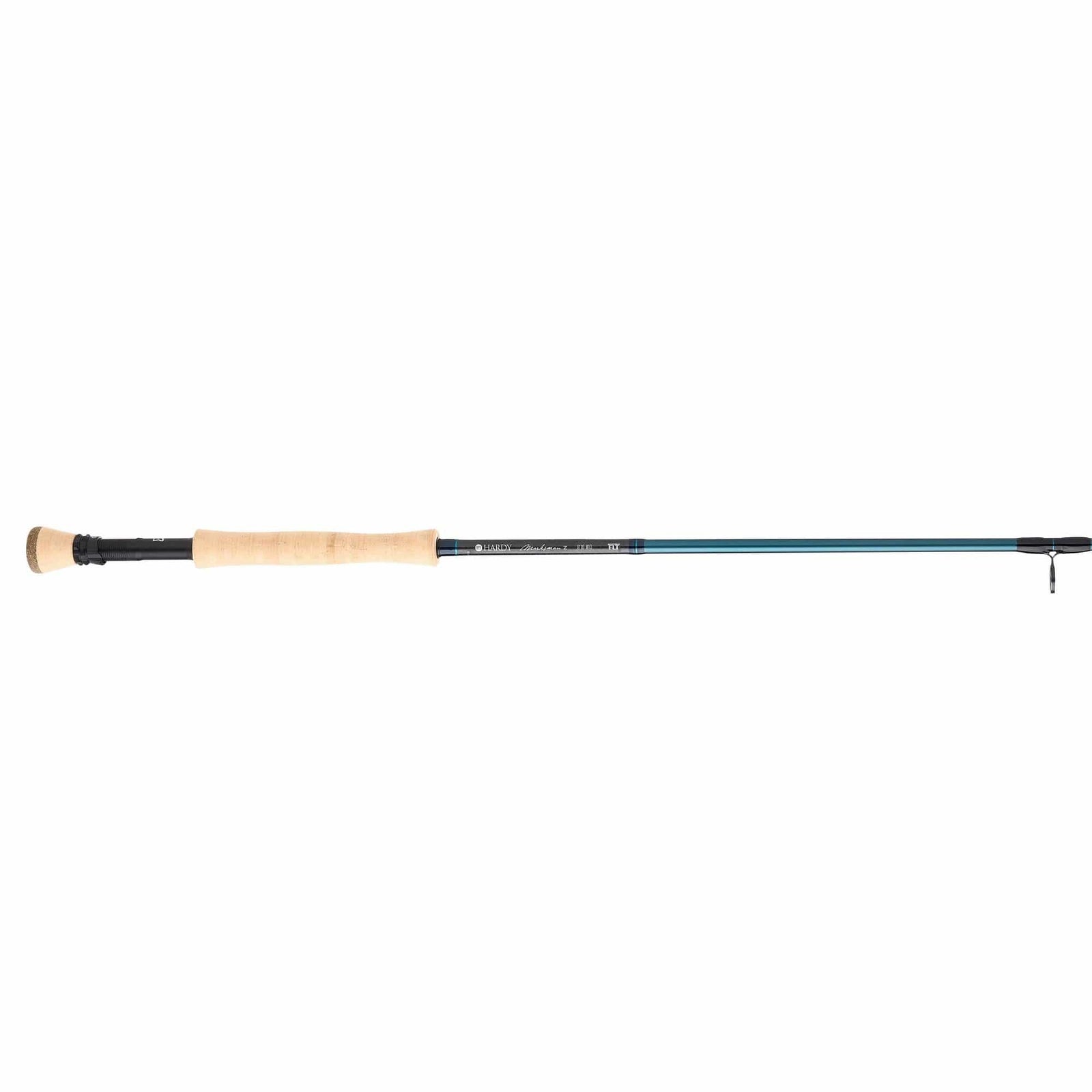
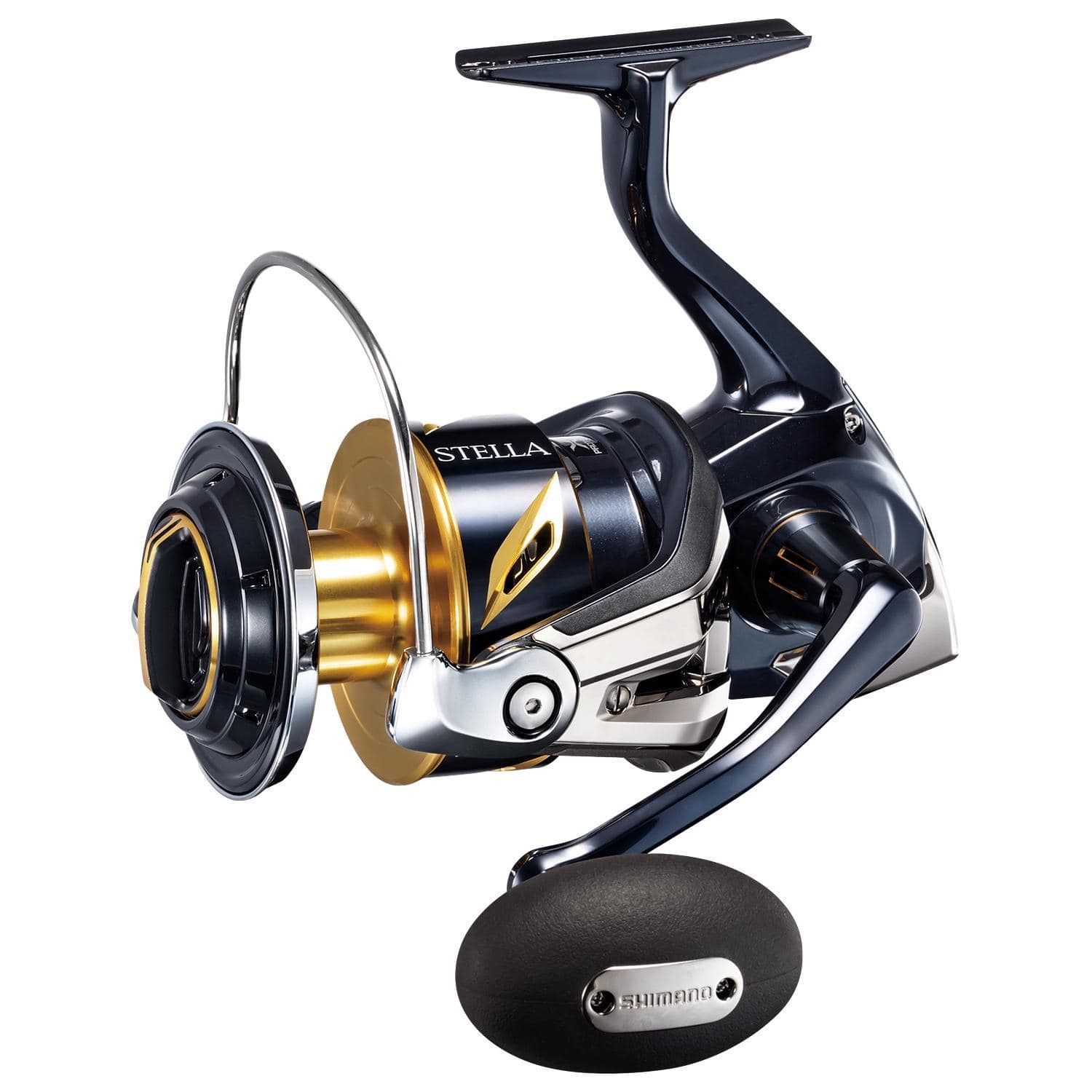
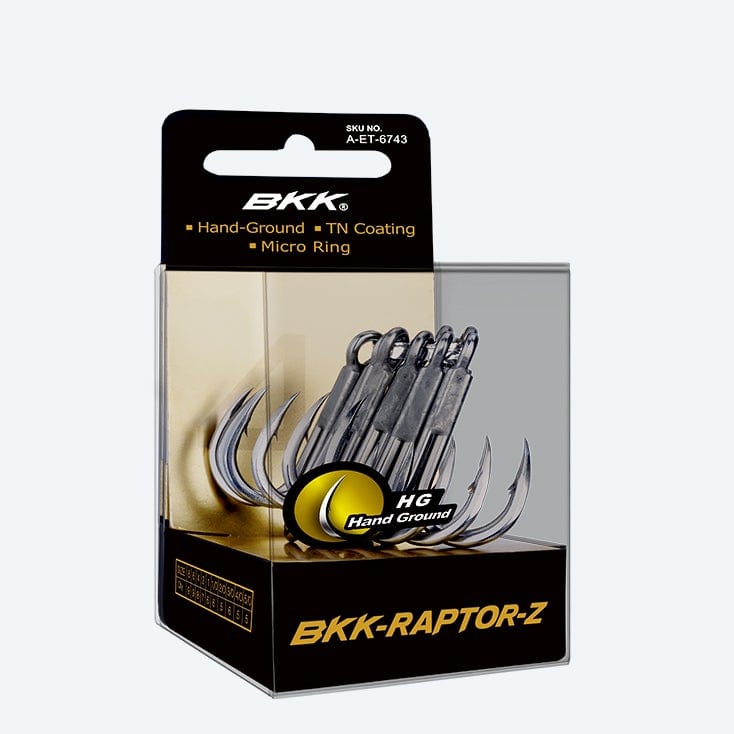

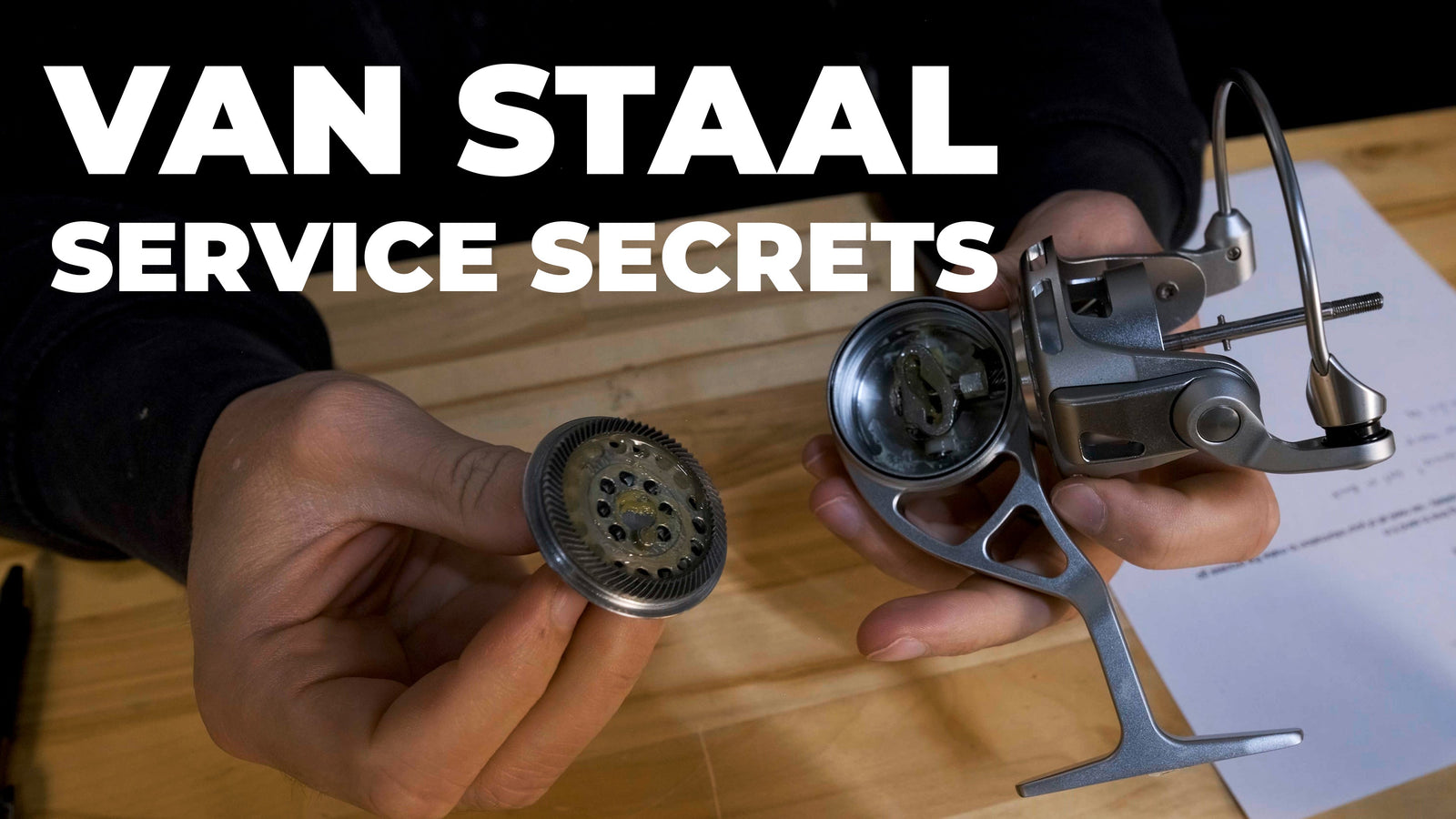


Leave a comment (all fields required)